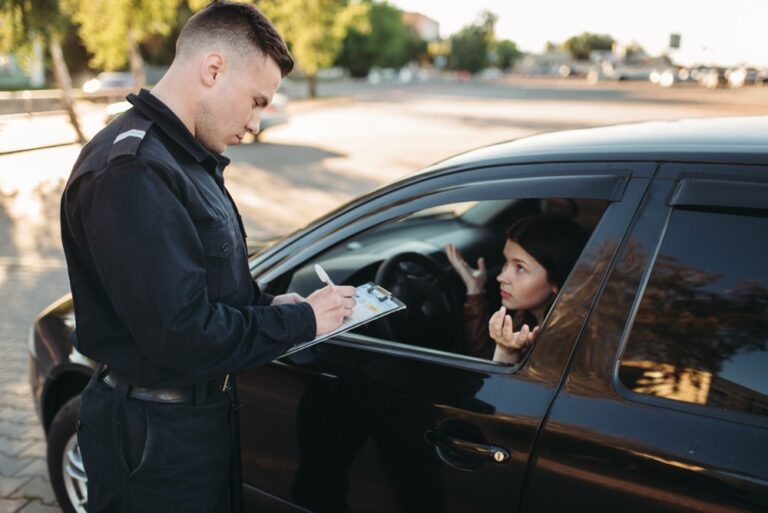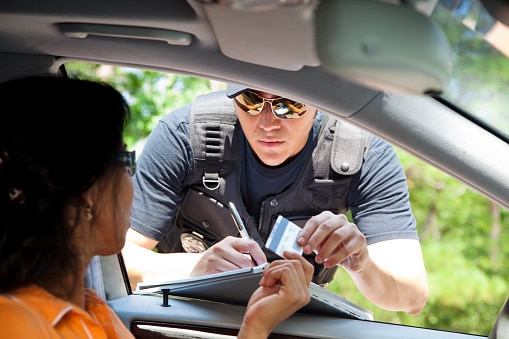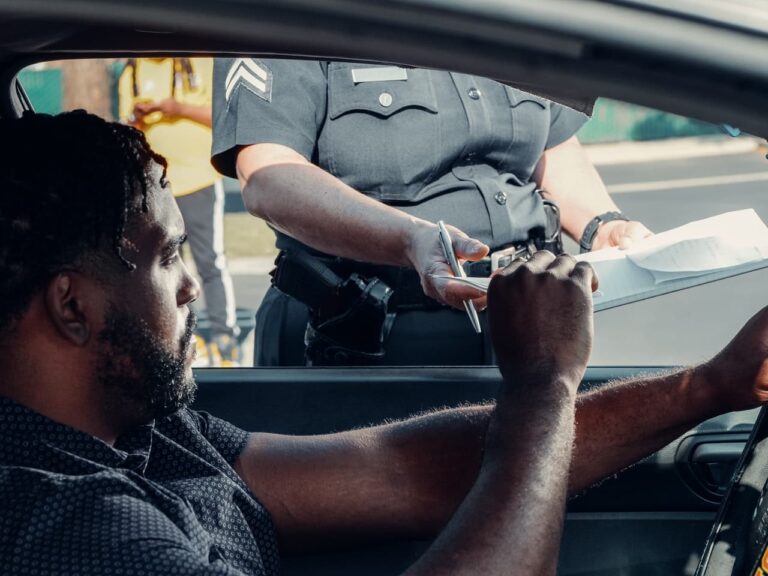Well, we’ve got snow, so it might be time to bring out the snowmobile. While snowmobiles can be a huge part of winter fun, it is important to stay safe and know the rules. Here’s what you should keep in mind when you’re on the trails this winter.
Snowmobiles are referred to as motorized snow vehicles (MSV). These are not the same as a “motor vehicle” under the Highway Traffic Act. Instead, motorized snow vehicles (snowmobiles) have their own set of rules and regulations called the Motorized Snow Vehicles Act. If you break the law under the MSVA you are charged under that Act, not the HTA (except Part XII under the HTA).
Where you’re allowed to ride:
- on your own property
- on private trails belonging to organizations of which you are a member
- on private property, with the owner’s permission
- alongside public roads, between the shoulder and fence line (unless prohibited by the municipality)
- Ontario’s snowmobile trail system, maintained by local clubs and patrolled by OPP, Snowmobile Trail Officer Patrol, municipal police services and conservation officers
Where you’re not allowed to ride:
- on certain high-speed roads (400-series highways, Queen Elizabeth Way, Ottawa Queensway, Kitchener-Waterloo Expressway)
- on the pavement of public roads where vehicles drive
- on the ploughed portion of the shoulder
Licence/Age requirements:
You can ride a snowmobile in different areas depending on your age and what kind of licence you have. (Image courtesy of mto.gov.on.ca)
Snowmobile speed limits:
The speed limit for snowmobiles depends on where you are driving.
Highways: If the highway speed limit is 50 km/hr or under, the snowmobile speed limit is 20 km/hr.
If the highway speed limit is higher than 50 km/hr then the snowmobile limit is 50 km/hr.
Parks: In parks, the speed limit for a snowmobile is 20 km/hr
Trails: On trails, the speed limit for a snowmobile is 50 km/hr.
Snowmobile helmets:
Helmets for snowmobiles must meet the same requirements as motorcycle helmets.
You need to make sure that you are wearing a helmet that properly meets Ontario’s Safety Helmet laws. This means your helmet must:
- Have a hard, smooth outer shell;
- Be lined with protective padding material, or fitted with other energy absorbing material – there are specific guidelines for this; your helmet must have 2.5cm of stiff polystyrene foam and cloth liner;
- Not be damaged from use, or misuse;
- Be firmly attached to a strap designed to fasten under the chin;
- MUST have a sticker from Canadian Standards Association (CSA), Snell Memorial Foundation (Snell), British Standards Institute (BSI), America Federal Motor Vehicle Safety Standards (DOT), or United Nations Economic Commission for Europe (ECE) which certifies it meets Ontario’s Safety Helmet laws.
And, to state the obvious, any driver or passenger riding a snowmobile has to be wearing a helmet that meets the above criteria, AND that chin strap we mentioned? It must be fasted under the chin while riding a snowmobile. If not, it is considered not wearing a helmet at all
A violation with your helmet is an equipment violation. That means that an officer can visually identify it as unsafe and stop you. If asked, you are required to surrender your helmet for inspection. If you refuse the officer can declare your snowmobile unsafe to drive, because a faulty helmet is faulty equipment.
Other equipment:
Headlights and tail lights are required on all MSVs. They must follow the same restrictions as a motor vehicle; they must be in use one half hour before sunset and one half hour after sunrise, or when visibility is reduced due to snow, fog, rain etc.
Towed objects must have reflectors to the sides and the rear and must be attached with a rigid tow bar.
Common snowmobile offences:
Common offences that occur with MSVs include:
Equipment: your headlights and helmets are the most important equipment on your snowmobile.
Permits and licences: Driver’s licences and operator’s licences are required to drive a snowmobile. Ownership and insurance are also required. On some trails you might also need to acquire a permit.
In town or out of town: This refers to driving snowmobiles on prohibited highways or municipal roadways or properties.
Operating offences: These are basically the same as driving a motorized vehicle. These offences include failing to stop, failing to comply with signs and speed.
Trespassing: It is an offence under the Trespass to Property Act for snowmobiles to travel on private property or areas that are no designated “trails”.
Impaired driving: These charges fall under the Criminal Code. The same BAC levels apply to MSV drivers as drivers of regular motor vehicles.
Above all, be safe, and happy trails this winter!
Every situation is different. Remember you have a right to fight your ticket. At Bulwark Legal Services we provide free consultations. You can go to our website and send us a copy of your ticket. We will help you decide the right course of action to take.




